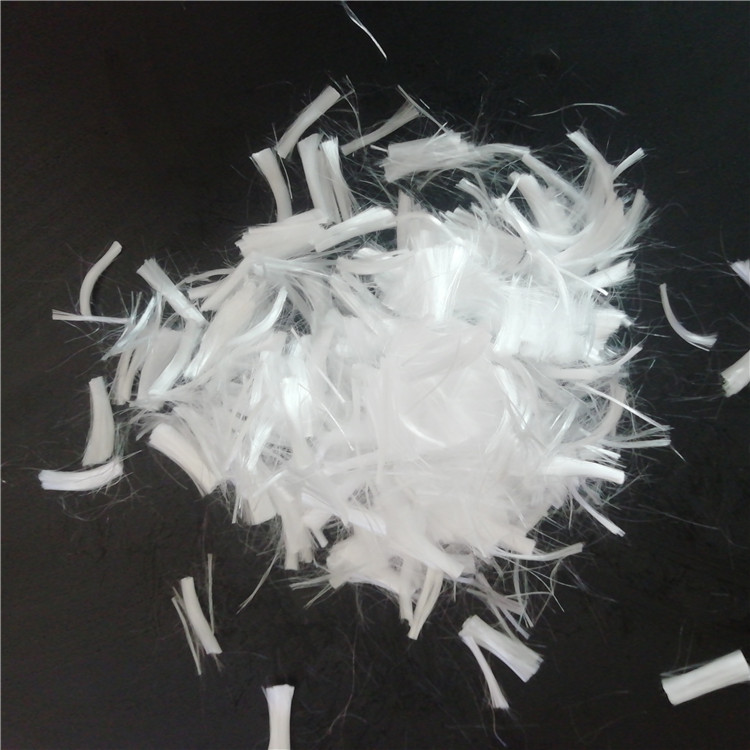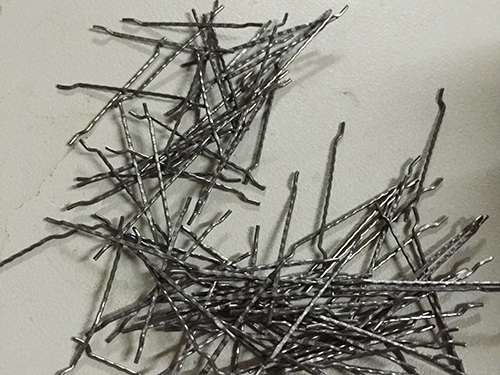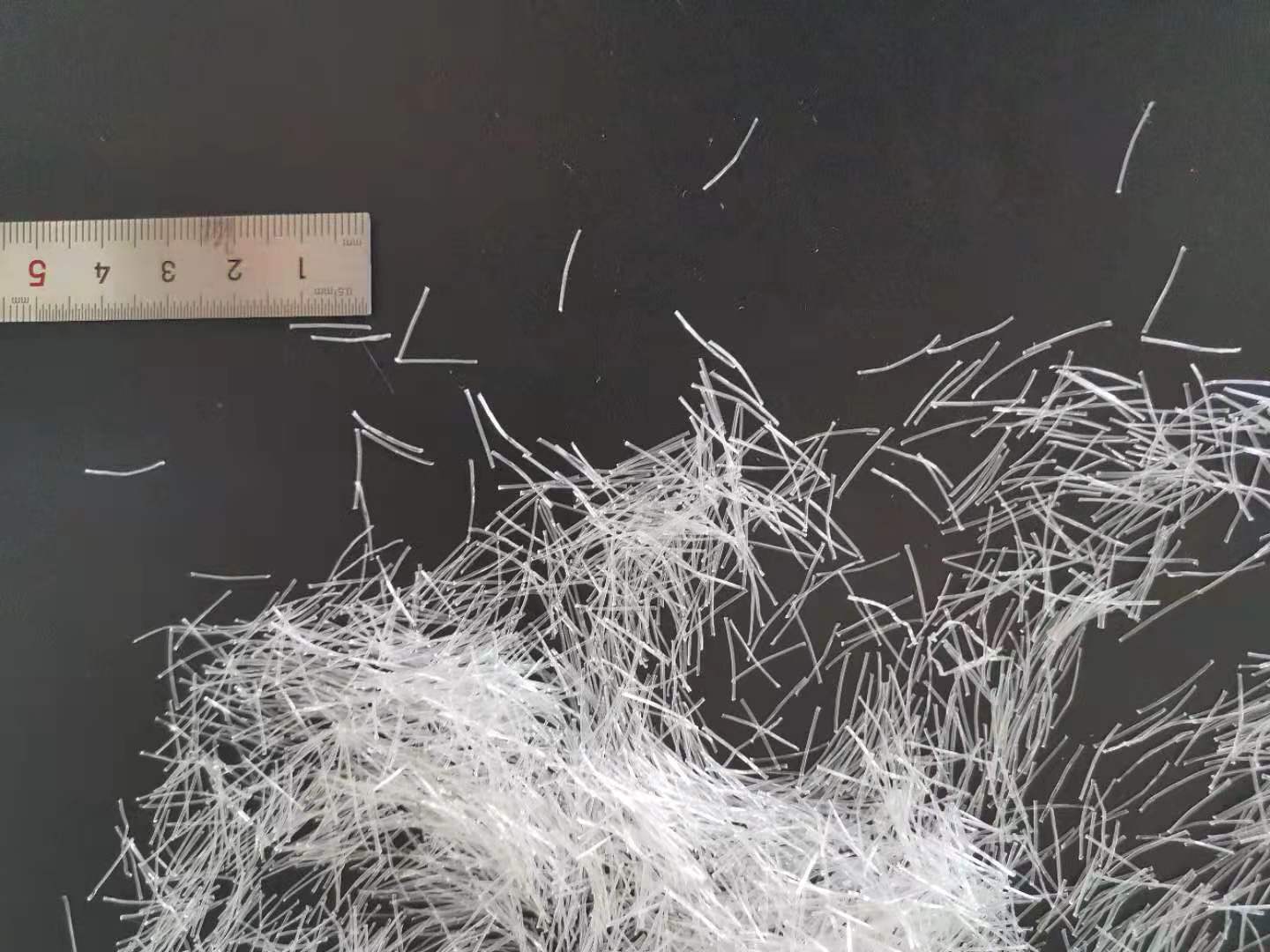The ultimate tensile rate of concrete is low, generally 0.01% ~ 0.20%, while the tensile rate of polypropylene fiber is 15% ~ 28%. The polypropylene monofilament fiber distributed in concrete can not only prevent the aggregate from sinking, improve and ease of flow, reduce segregation, but also effectively bear the tensile strain caused by concrete shrinkage, delay or prevent micro cracks and surface macro of concrete The occurrence and development of the apparent cracks can improve the impermeability of the concrete. When polypropylene fiber reinforced concrete is subjected to impact load, it can prevent the expansion of concrete cracks, improve the impact resistance, frost resistance and carbonation resistance of concrete.

Properties of polypropylene fiber reinforced concrete as below:
1.1 physical performance
1) The shrinkage resistance of polypropylene fiber is the most important performance in concrete. It is shown that the shrinkage of concrete can be reduced by about 75% by adding polypropylene anti-crack fiber with volume ratio of about 1%.
2) According to the test results of national building materials testing center, the permeability of 0.05% of the polypropylene fiber reinforced concrete was improved by 70% compared with the non polypropylene fiber reinforced concrete with the same strength (28 days old) under the pressure of 1.2MPa.
3) The latest fire resistance test shows that the mixing of low melting point fiber (diameter 0.1mm, length of 12cm and mixing amount of 4kg/m3) in concrete has a good fire resistance prospect. The results show that the fiber concrete column can hardly be damaged after standard fire resistance test, which indicates that the low melting point fiber can prevent the concrete from bursting.
4) The workability of the concrete can be effectively inhibited by adding polypropylene fiber with volume ratio of 0.05% ~ 0.07%, which can effectively inhibit the segregation and bleeding of concrete mixture and improve the workability of concrete.
1.2 mechanical properties
1) The compressive and tensile strength of polypropylene fiber reinforced concrete is close to that of ordinary concrete.
2) The flexural strength of mortar or concrete is not more than 25% when the volume ratio of polypropylene membrane fiber is about l%, but it has a high deformation capacity before failure.
3) The results of the National Testing Center for building materials show that the impact strength of mortar mixed with 0.05% and 0.1% fiber is 17.7% and 25.8% higher than that of plain mortar.
4) The loading rate of the fatigue resistance and fatigue test specimen is 20 cycles / s. After 2 million cycles, the maximum stress that plain concrete can bear is 50% of its flexural strength, and the maximum stress that fiber concrete with 0.3% of the content can bear is 65% of its flexural strength.
1.3 durability
1) The freeze-thaw resistance of two kinds of polypropylene fiber reinforced concrete was tested by GBJ 82-1985. The size of the test body was 100 × 100 × 100mm, the age was 28 days. Taking the area with the coldest monthly average temperature of -5-0 ℃ as an example, the frost resistance grade was 100-50. The change rate of the hardened compressive strength of concrete after 50 cycles of freeze-thawing was observed. The test results show that the anti freezing ability of concrete can be effectively improved by adding polypropylene fiber .
2) The anti carbonation and alkali resistant aggregate reactivity of polypropylene fiber reinforced concrete and alkali resistant aggregate reactivity are mainly achieved by reducing various cracks in the concrete to improve the density of







